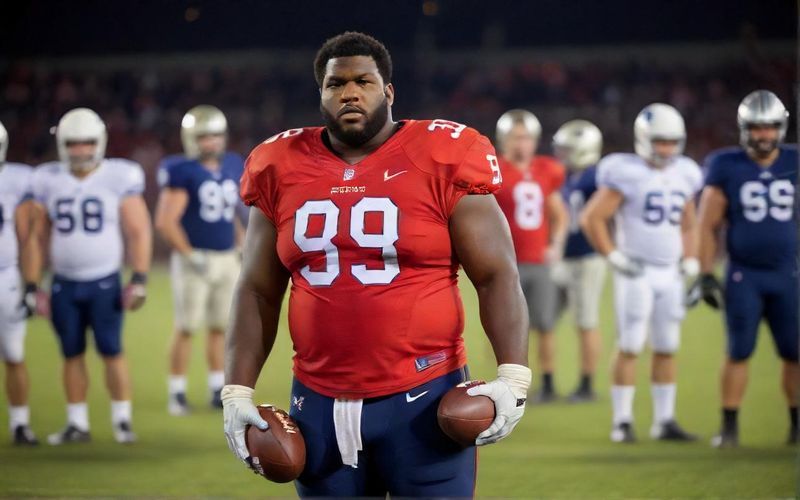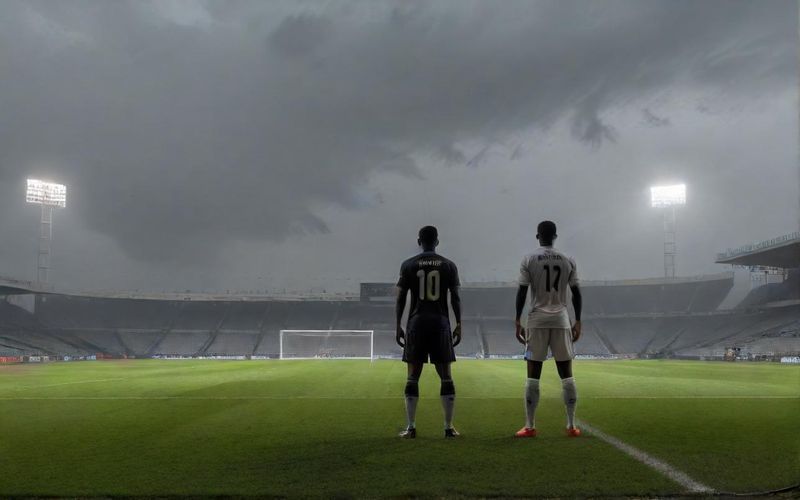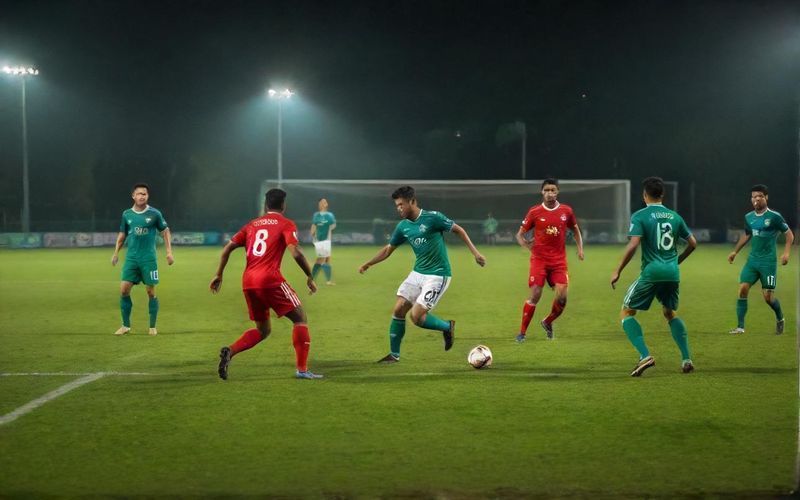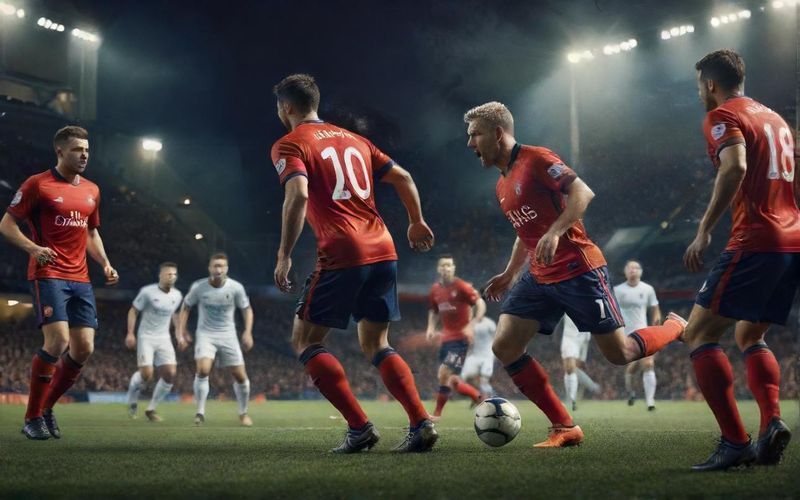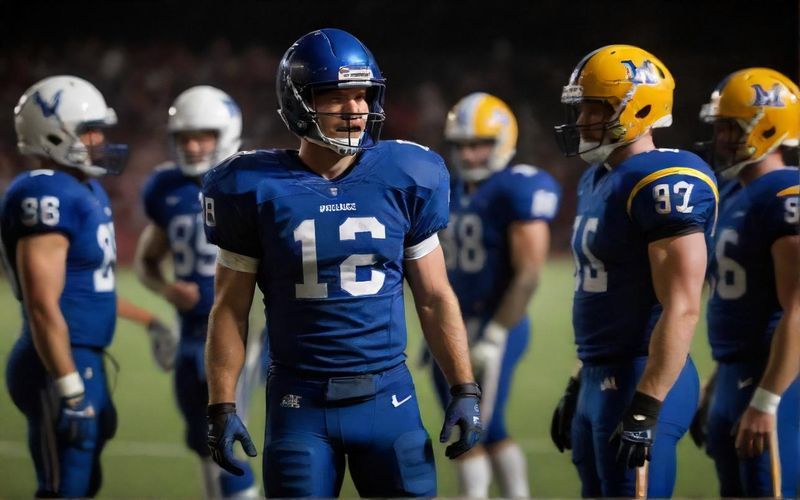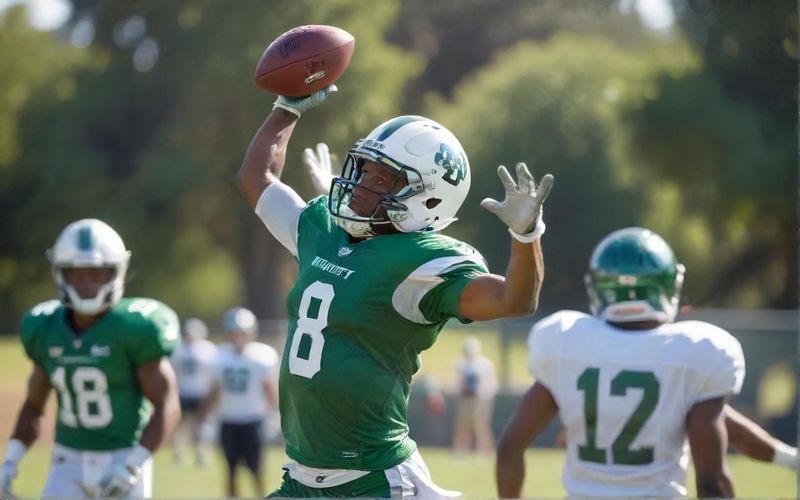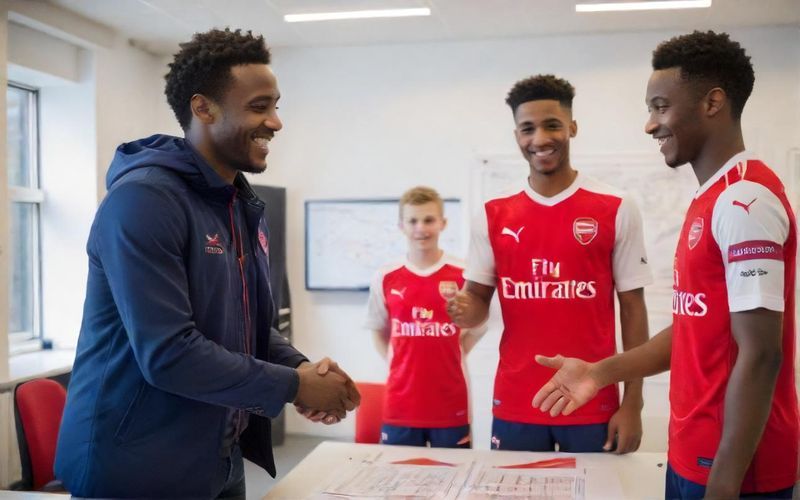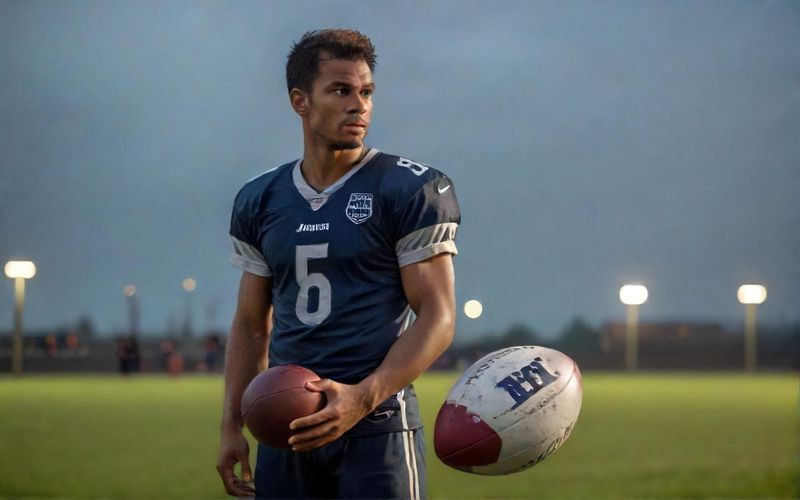Patriots Shake Up Defense: Dugger, White Trades Signal New Era
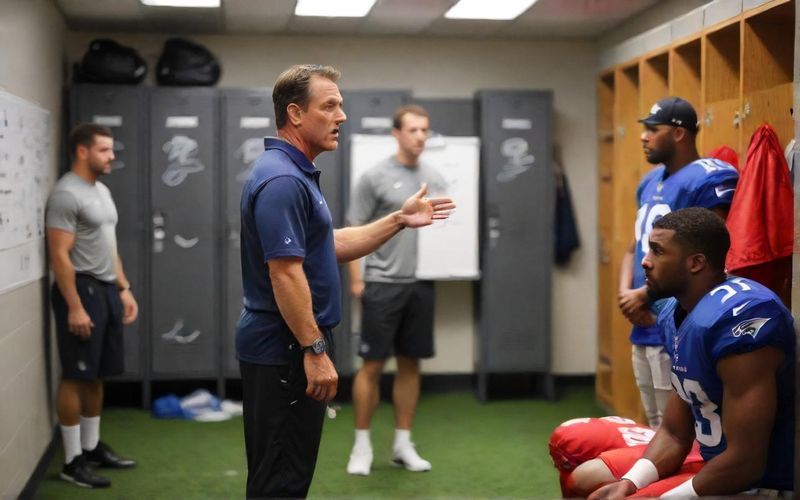
For Dugger, the transition was nothing short of remarkable. He arrived in Pittsburgh, reportedly on a Thursday, practiced for a couple of days, and then stepped onto the field in a crucial game against the AFC-leading Indianapolis Colts. The fact that he played nearly every defensive snap, communicated effectively, and contributed to a vital win is a testament to his professionalism and adaptability. Coach Mike Tomlin, a coach who clearly values mental fortitude and immediate impact, even drew a comparison between Dugger’s arrival and that of Minkah Fitzpatrick, a player who transformed the Steelers’ secondary. This isn't just hyperbole; it’s a recognition of how quickly a talented player, thrust into a new system, can provide an immediate jolt. Dugger's experience highlights that sometimes, a change of scenery is precisely what a player needs to unlock their full potential, and for the Steelers, who were already thin at safety due to injuries, he was a lifeline.
Meanwhile, in New England, the departure of Dugger, and defensive end Keion White, feels like a deliberate recalibration under new head coach Jerod Mayo and his staff. The articles suggest that both players, while fitting the previous scheme under Bill Belichick and Mayo, didn't align with the new defensive vision. This speaks to a calculated approach. It's not just about talent; it's about fit. The Patriots, who have surprisingly found themselves in first place, are clearly charting a new course. Dugger, described as more of a box safety, might not have been the ideal fit for a scheme that prioritizes versatility and a different role for its safeties. White, similarly, wasn't the prototypical edge-bending defensive end the new system seems to favor. This willingness to move on from valuable players if they don't fit the long-term strategic blueprint is a bold statement from the Patriots' new leadership. It's a sign that they're not afraid to make tough decisions, even if it means shedding players who were once integral parts of the team.
What’s particularly intriguing is the financial aspect of the Dugger trade for the Patriots. Shedding his substantial salary for future years not only creates cap flexibility but also indicates a focus on optimizing the roster for sustainable success rather than immediate gratification. While the Patriots received modest draft compensation, the real win might be the future financial breathing room. This move, coupled with other roster adjustments, paints a picture of a franchise actively reshaping itself.
The 49ers trade of Keion White, while less detailed in the provided articles, also fits this narrative of player movement driven by scheme and future outlook. It’s a reminder that in the NFL, the landscape is always shifting. Teams are constantly looking for that perfect alignment of talent, scheme, and financial structure. The urgency around the trade deadline only amplifies these decisions, forcing front offices to make calls that can define their season, and potentially, their future.
Looking ahead, the success of these moves will be judged not just on the immediate impact on the field, but on the long-term strategic implications for both the Patriots and the Steelers. Will Dugger continue to thrive in Pittsburgh and become a cornerstone of their defense, reminiscent of Fitzpatrick's impact? And will the Patriots use their newfound flexibility to acquire players who better fit their evolving defensive identity, perhaps a much-needed pass rusher or a dynamic receiver as some speculate? The league is a constant experiment, and the 49ers trade and other deadline deals are just the latest chapters in this ongoing story. As fans, we can only watch and wonder how these pieces will ultimately fall into place.
